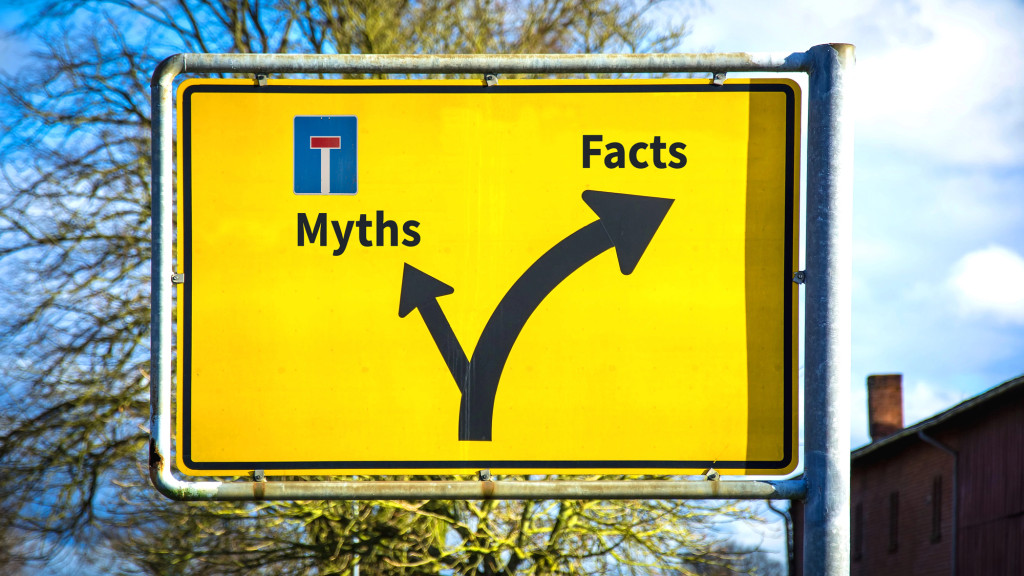Whole-body donation represents one of the most generous gifts a person can make to advance medical knowledge and education. However, numerous misconceptions surround this important decision, often preventing individuals from making informed choices about their final wishes. Understanding the facts behind these myths can help people make decisions aligned with their values while contributing to medical science that benefits future generations.
Myth 1: Religious Faith Prohibits Body Donation
Reality: Most major religions support body donation when done for medical education and research purposes. The Catholic Church, many Protestant denominations, Judaism, Islam, Hinduism, and Buddhism generally view body donation as an act of charity and service to humanity when performed respectfully and with proper intent.
The Catholic Church specifically recognizes body donation as a noble act that can help save lives and advance medical knowledge. Many Protestant churches encourage donation as an expression of Christian love and service. Jewish perspectives vary among denominations, but many rabbinical authorities approve donation for medical education, viewing it as pikuach nefesh—saving lives. Islamic scholars increasingly support donation when it serves educational purposes and is conducted with dignity.
Rather than assuming religious incompatibility, individuals should consult with their spiritual leaders to understand their faith’s specific teachings. Many religious leaders actively support body donation as consistent with principles of compassion, service, and helping others.
Myth 2: Families Cannot Hold Funeral Services or Burial Ceremonies
Reality: Families can still hold meaningful memorial services and, in many cases, traditional burial ceremonies. Most body donation programs allow families to hold funeral or memorial services before donation, providing closure and opportunity for grieving.
Many programs offer cremated remains to families after medical education purposes are completed, typically within one to three years. In some states, cremation services are provided at no cost to donor families, including free cremation Las Vegas, Nevada, Florida, Arizona, and Rhode Island. Cremains can then be buried, scattered, or kept according to family wishes. Some programs provide memorial services specifically for donor families, creating community and recognition for their loved one’s contribution.
The key is planning ahead and understanding specific program policies. Some donation programs require immediate transportation after death, while others allow brief delays for family visits. Clear communication with the donation program ensures family needs are respected while honoring the donor’s wishes.
Myth 3: Donated Bodies Are Disfigured or Treated Disrespectfully
Reality: Medical schools and research institutions treat donated bodies with utmost respect and dignity. Students receive extensive training in professional behavior and ethical treatment of human remains. Bodies are used for legitimate educational and research purposes under strict supervision and protocols.
Modern medical education emphasizes respect for donors, often including ceremonies to honor their contribution. Many schools hold memorial services where students can express gratitude to donor families. Bodies are handled professionally throughout the process, with appropriate measures to maintain dignity.
Medical students understand they are privileged to learn from these generous gifts. The experience often proves deeply meaningful, with many students reporting profound respect for donors and their families. Professional standards ensure donated bodies serve their intended educational purpose while maintaining the dignity that donors and families deserve.
Myth 4: Body Donation Programs Accept Anyone
Reality: Donation programs have specific acceptance criteria that may exclude certain individuals. Common exclusions include infectious diseases like HIV/AIDS, hepatitis, or tuberculosis, as well as certain cancers, organ transplantation, autopsy, or extreme obesity.
Programs also consider the condition of remains, time since death, and transportation logistics. Some programs have age restrictions or geographic limitations. Advance registration doesn’t guarantee acceptance, as final decisions often depend on circumstances at time of death.
Potential donors should contact programs directly to understand specific requirements. Having alternative plans ensures wishes can be honored even if body donation isn’t possible. Many programs maintain waiting lists and can provide guidance about alternatives if donation isn’t feasible.
Myth 5: Donated Bodies Are Only Used for Basic Anatomy Classes
Reality: Donated bodies serve diverse educational and research purposes beyond basic anatomy instruction. Medical schools use donations for surgical training, physical therapy education, and specialized procedure development. Research applications include studying disease processes, developing new treatments, and testing medical devices.
Bodies contribute to training programs for emergency medical technicians, nursing students, and other healthcare professionals. Some donations support forensic science education or research into aging processes. The contribution extends far beyond single anatomy courses to comprehensive medical education and potentially life-saving research.
Advanced medical techniques, surgical procedures, and diagnostic methods often depend on research conducted with donated bodies. This research contributes to medical advances that benefit countless patients and their families.
Making Informed Decisions
Understanding these realities helps individuals make informed decisions about body donation. Those considering donation should research specific programs, discuss wishes with family members, and consult religious leaders if faith considerations are important. Proper planning ensures final wishes are honored while maximizing the positive impact of this generous gift to medical science and education.




